Desert Iguana
- March 6, 2024
- 0 comment
The desert iguana, scientifically known as Dipsosaurus dorsalis, is a captivating reptile native to the arid regions of southwestern United States and northwestern Mexico. Renowned for its ability to thrive in harsh desert environments, this species boasts unique physical characteristics and fascinating behavioral adaptations. With a body length typically ranging between 10 to 16 inches, desert iguanas display a robust build and distinctive coloration, blending seamlessly with their desert surroundings. Their tan to grayish-brown bodies, adorned with darker bands or spots, provide effective camouflage among rocky outcrops and sandy dunes. These reptiles exhibit remarkable thermoregulatory abilities, basking in the sun to raise their body temperature during cooler mornings and seeking shade or burrows to avoid overheating in the scorching midday heat.
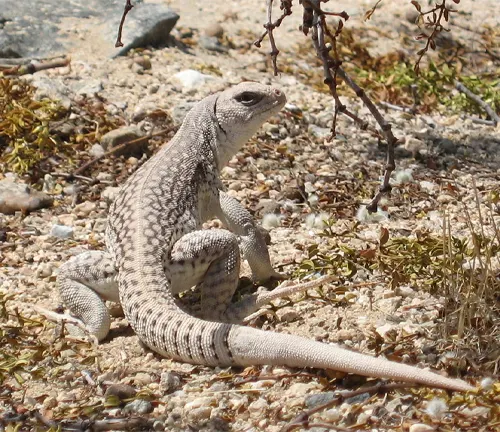
Desert iguanas are herbivores, sustaining themselves on a diet of desert plants such as leaves, flowers, fruits, and seeds, thanks to their efficient digestive systems. During the breeding season in spring, males engage in territorial displays to court females, and females deposit their eggs in shallow nests dug in sandy soil. While facing threats from predators like birds of prey, snakes, and mammals, as well as human activities such as habitat destruction and illegal collection, conservation efforts aim to safeguard their populations and preserve their vital role in desert ecosystems. Overall, the desert iguana stands as a testament to the resilience of life in extreme environments, captivating observers with its adaptability and survival strategies.
| Specification | Details |
|---|---|
| Scientific Name | Dipsosaurus dorsalis |
| Size | 10 to 16 inches (25 to 40 centimeters) |
| Weight | Varies, typically lightweight for its size |
| Coloration | Tan to grayish-brown with darker bands or spots |
| Habitat | Arid deserts, rocky outcrops, scrublands |
| Range | Southwestern United States, northwestern Mexico |
| Diet | Herbivorous, feeds on desert plants |
| Diet Composition | Leaves, flowers, fruits, seeds |
| Adaptations | Excellent thermoregulation, efficient digestion |
| Behavior | Basking in the sun, territorial displays |
| Reproduction | Breeds in spring, females lay eggs in sandy nests |
| Lifespan | Up to 15 years or more in the wild |
| Predators | Birds of prey, snakes, mammals |
| Threats | Habitat destruction, illegal collection |
| Conservation Status | Not endangered, faces threats from human activity |
The desert iguana (Dipsosaurus dorsalis) is a fascinating reptile species native to the deserts of southwestern United States and northwestern Mexico. Renowned for its ability to thrive in harsh desert environments, this creature has captured the curiosity of many due to its unique adaptations and behavior.
Physical Characteristics
Size and Weight
The Desert Iguana, scientifically known as Dipsosaurus dorsalis, is a fascinating reptile found in the arid regions of southwestern United States and northwestern Mexico. One of the most intriguing aspects of this creature is its size and weight.

Measuring between 10 to 16 inches (25 to 40 centimeters) in length, the Desert Iguana falls within the spectrum of medium-sized reptiles. Despite its relatively modest size, it possesses a robust build, with males typically being slightly larger than females. In terms of weight, Desert Iguanas are generally lightweight for their size, reflecting their adaptation to the harsh desert environments they inhabit. This combination of size and weight allows them to navigate their sandy and rocky habitat with agility and efficiency.

Coloration and Patterns
One of the most striking features of the Desert Iguana is its distinct coloration and patterns, which play a crucial role in its survival in the desert landscape.
Typically sporting a tan to grayish-brown hue, Desert Iguanas blend seamlessly with the sandy and rocky terrain of their habitat. This natural camouflage helps them evade predators and remain concealed while foraging for food or basking in the sun. Additionally, Desert Iguanas often display darker bands or spots along their bodies, further enhancing their ability to blend into their surroundings.
Habitat and Distribution
Habitat
Desert Iguanas are primarily inhabitants of arid regions, favoring sandy deserts, rocky outcrops, and scrublands. These habitats provide the essential elements necessary for their survival, including shelter, food, and opportunities for thermoregulation. Within their habitat, Desert Iguanas utilize various microhabitats such as crevices in rocks, burrows in sandy soil, and vegetation for protection and thermoregulation.
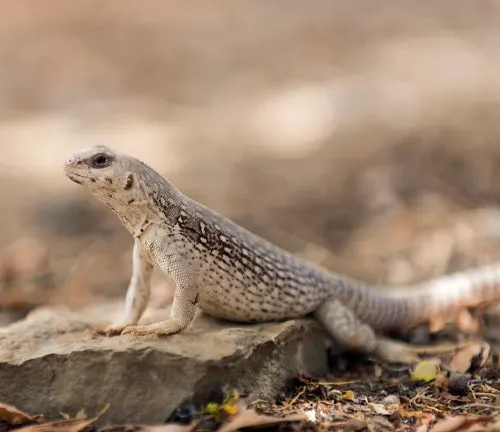
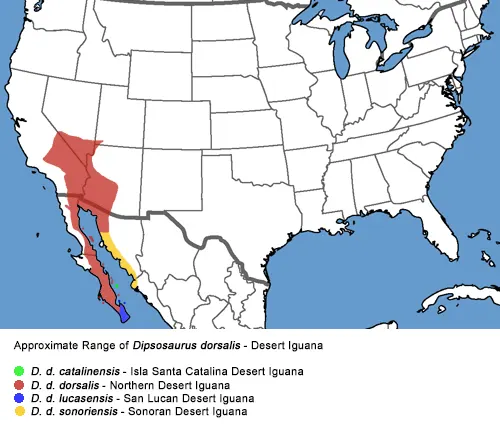
Distribution
The distribution of Desert Iguanas spans across specific regions within southwestern United States and northwestern Mexico. In the United States, they are commonly found in the Mojave, Sonoran, and Colorado deserts, while in Mexico, they inhabit parts of Baja California. This distribution is closely tied to the availability of suitable habitats characterized by sparse vegetation, rocky terrain, and ample sunlight.
In both the United States and Mexico, Desert Iguanas play a crucial role in maintaining the balance of desert ecosystems. Their presence influences vegetation dynamics, seed dispersal, and predator-prey relationships, highlighting their significance within their distribution range.
Understanding the habitat and distribution of Desert Iguanas not only provides
Behavior and Adaptations
Thermoregulation
Thermoregulation is crucial for the Desert Iguana’s survival in the extreme temperatures of the desert. To regulate their body temperature effectively, Desert Iguanas employ several strategies. During the cooler morning hours, they bask in the sun, absorbing solar radiation to raise their body temperature. As the day progresses and temperatures soar, they seek refuge in shaded areas or burrows to avoid overheating. This behavior helps them maintain an optimal body temperature range for physiological function.
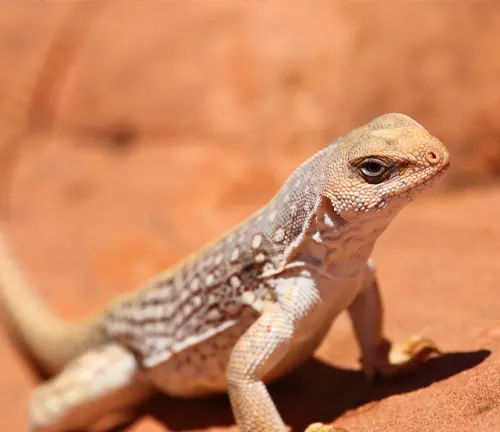

Dietary Habits
As herbivores, Desert Iguanas have evolved to consume a variety of desert plants to meet their nutritional needs. Their dietary habits primarily consist of leaves, flowers, fruits, and seeds sourced from a diverse range of desert vegetation. Despite the fibrous nature of many desert plants, Desert Iguanas possess specialized digestive systems that enable them to extract nutrients efficiently.
Their ability to digest tough, fibrous plant materials allows them to thrive in environments where food resources may be scarce. Desert Iguanas are also known to consume succulent plants, which provide hydration in addition to nutrition, aiding in their survival in arid habitats.
Reproduction and Lifecycle
Reproduction
The breeding season for Desert Iguanas typically occurs in the spring, coinciding with the warmer temperatures and increased food availability. During this time, male Desert Iguanas engage in territorial displays and aggressive behavior to establish dominance and court females. Males may also exhibit vibrant coloration on their sides and throat to attract potential mates.

Once mating occurs, females will dig shallow nests in sandy soil to deposit their eggs. These nests provide protection for the eggs against predators and environmental factors. After laying the eggs, females cover them with sand and leave them to incubate.
Lifecycle
The incubation period for Desert Iguana eggs typically lasts around 60 to 80 days, depending on environmental conditions such as temperature and humidity. During this time, the developing embryos rely on the heat from the surrounding environment to grow and develop.
Upon hatching, Desert Iguana hatchlings emerge from their eggs fully independent and equipped to survive in their desert habitat. They begin foraging for food immediately, feeding on a variety of plant materials to fuel their growth and development.
As Desert Iguanas mature, they continue to grow and develop, undergoing various physiological and behavioral changes. They reach sexual maturity at around two to three years of age, at which point they are capable of reproducing and contributing to the next generation of Desert Iguanas.
Predators and Threats
Predators
Desert Iguanas contend with a diverse array of predators throughout their range. Among the most common predators are birds of prey such as hawks and owls, which hunt them from the air. Snakes, including rattlesnakes and coachwhips, pose a threat to Desert Iguanas both on the ground and within their burrows. Additionally, mammalian predators such as foxes, coyotes, and feral cats may prey upon Desert Iguanas when given the opportunity.
Threats
While predation is a natural part of the Desert Iguana’s existence, human-related threats pose significant challenges to its long-term survival. Habitat destruction and fragmentation due to urbanization, agriculture, and infrastructure development degrade and diminish the available habitat for Desert Iguanas. Loss of habitat can disrupt their natural behaviors, limit their access to food and shelter, and increase their vulnerability to predation.
Furthermore, illegal collection for the pet trade poses a significant threat to Desert Iguana populations. Poaching individuals from the wild not only reduces their numbers but also disrupts social structures and genetic diversity within populations. Additionally, vehicle collisions on roads passing through desert habitats can result in mortality among Desert Iguanas, particularly during their active periods.
Climate change also presents a growing threat to Desert Iguanas, as rising temperatures and altered precipitation patterns may impact their habitat suitability and food availability. These environmental changes can further exacerbate existing threats and place additional stress on Desert Iguana populations.
Conservation Status
The conservation status of the Desert Iguana, is a matter of concern due to various threats to its habitat and populations across its range.
Current Status
As of now, the Desert Iguana is not classified as endangered or threatened according to the International Union for Conservation of Nature (IUCN). However, its populations face ongoing threats from habitat destruction, fragmentation, and other human-induced disturbances.
Threats to Conservation
One of the primary threats to the conservation of Desert Iguanas is habitat loss and degradation. Urbanization, agriculture, and infrastructure development encroach upon their natural habitat, reducing available space for foraging, nesting, and thermoregulation. Fragmentation of habitat isolates populations, leading to genetic isolation and reducing genetic diversity, which is crucial for long-term survival.
Illegal collection for the pet trade also poses a significant threat to Desert Iguana populations. Poaching individuals from the wild not only reduces population numbers but also disrupts social structures and genetic diversity within populations. Efforts to combat illegal collection through enforcement of protective regulations and public awareness campaigns are essential for conservation efforts.
Additionally, factors such as climate change and habitat degradation due to invasive species further compound the challenges faced by Desert Iguanas. Rising temperatures and altered precipitation patterns may impact their habitat suitability and food availability, forcing them to adapt to changing conditions or face population declines.
Conservation Efforts
Conservation efforts for Desert Iguanas focus on habitat protection, restoration, and management to ensure the persistence of viable populations across their range. Collaborative initiatives involving government agencies, conservation organizations, researchers, and local communities are essential for effective conservation action.
Implementing measures to reduce human disturbances, such as limiting off-road vehicle use and promoting responsible recreation practices, can minimize habitat degradation and disturbance to Desert Iguanas. Education and outreach programs aimed at raising awareness about the importance of conserving desert ecosystems and their inhabitants are also critical for garnering support for conservation efforts.
Interactions with Humans
Desert iguanas often coexist with human communities in desert regions, where they play a vital role in maintaining ecosystem balance. However, human activities such as urbanization and recreational off-road vehicle use can disrupt their habitats and negatively impact their populations. Educating the public about the importance of conserving desert ecosystems and respecting wildlife is crucial for their long-term survival.
Interesting Facts
- Desert iguanas are excellent climbers and can scale steep rock surfaces with ease using their sharp claws and muscular limbs.
- They have specialized nasal glands that excrete excess salt, allowing them to survive in environments with limited freshwater sources.
- These reptiles are capable of rapid color changes, darkening their skin to absorb more heat or lightening it to reflect sunlight and regulate body temperature.
Different Species

The Desert Iguana (Dipsosaurus dorsalis) is a single species within its genus. There are no different species of Desert Iguana recognized.
Frequently Asked Questions (FAQs)
- Are desert iguanas dangerous to humans?
Desert iguanas are generally not considered dangerous to humans. They are shy creatures and will typically avoid confrontation. However, like most wild animals, they may bite if they feel threatened or cornered. - What do desert iguanas eat?
Desert iguanas are herbivores, meaning they primarily eat plants. Their diet consists of a variety of desert vegetation such as leaves, flowers, fruits, and seeds. - How long do desert iguanas live?
In the wild, desert iguanas can live up to 15 years or more with proper care and favorable environmental conditions. - Do desert iguanas hibernate?
Desert iguanas do not hibernate like some other reptile species. Instead, they remain active year-round, adjusting their behavior and physiology to cope with seasonal changes in temperature and food availability. - Can desert iguanas be kept as pets?
While some people may attempt to keep desert iguanas as pets, it’s essential to remember that they have specific habitat and dietary requirements that can be challenging to replicate in captivity. Additionally, wild-caught individuals should never be taken from their natural habitat. - What is the desert iguana’s habitat?
Desert iguanas inhabit arid regions such as sandy deserts, rocky outcrops, and scrublands. They are commonly found in the Mojave, Sonoran, and Colorado deserts of North America, as well as parts of Baja California in Mexico. - How do desert iguanas survive in extreme temperatures?
Desert iguanas have developed several adaptations to cope with extreme desert temperatures. They bask in the sun during cooler mornings to raise their body temperature and seek shade or burrows during the hottest part of the day to avoid overheating. - What are the predators of desert iguanas?
Predators of desert iguanas include birds of prey such as hawks and owls, snakes, and mammals like foxes and coyotes. However, their cryptic coloration and ability to flee quickly make them challenging targets for predators. - Are desert iguanas endangered?
While desert iguanas are not currently considered endangered, their populations face threats from habitat loss and fragmentation due to human activities such as urbanization and recreational off-road vehicle use. - How do desert iguanas reproduce?
During the breeding season, which typically occurs in the spring, male desert iguanas engage in territorial displays and aggressive behavior to court females. After mating, females dig shallow nests in sandy soil to deposit their eggs, which hatch after an incubation period of about 60 to 80 days.


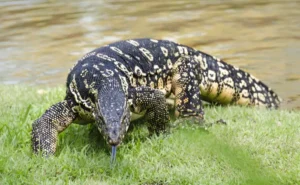
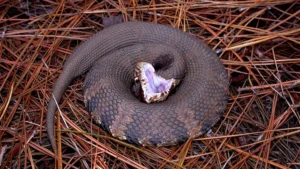
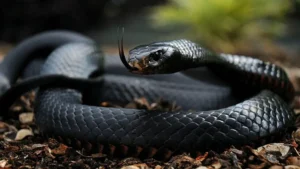


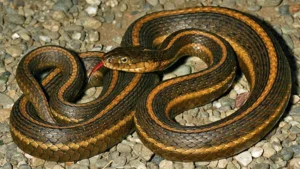
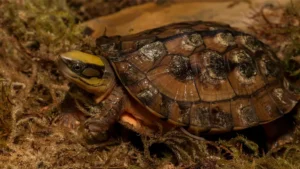

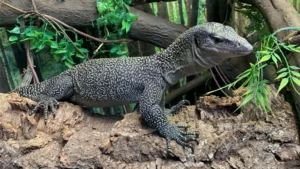
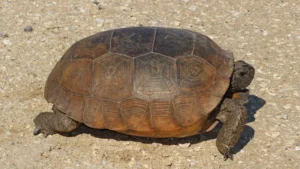

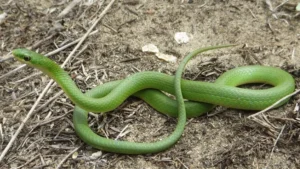
Leave your comment